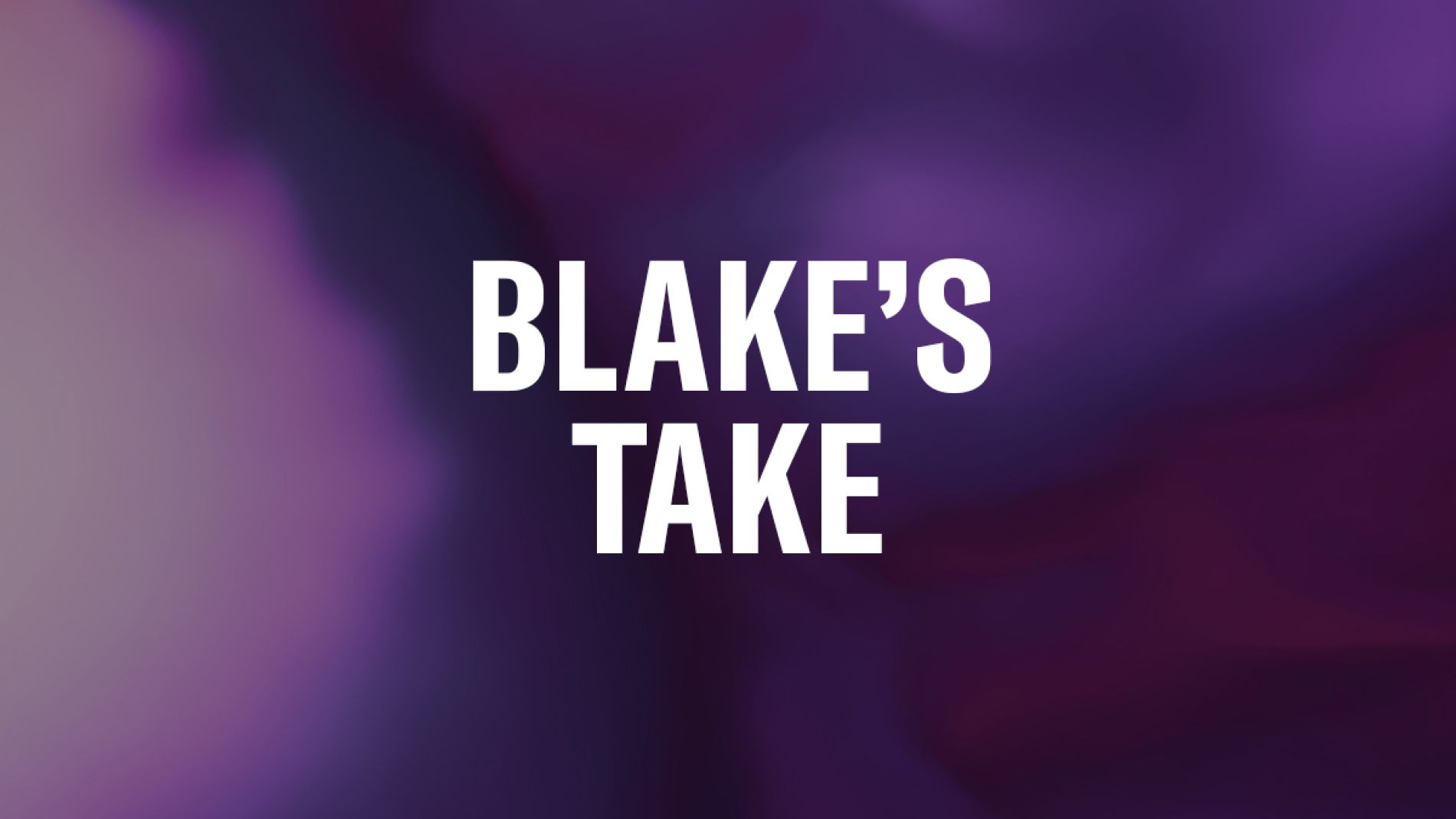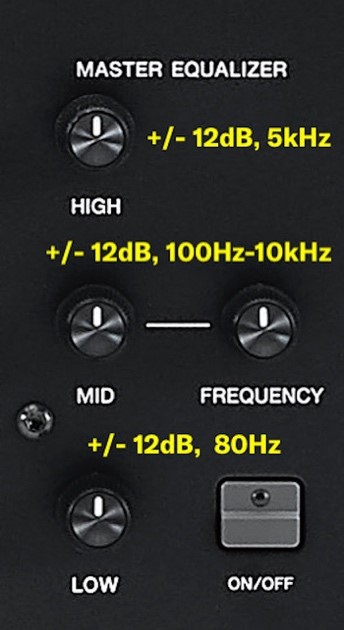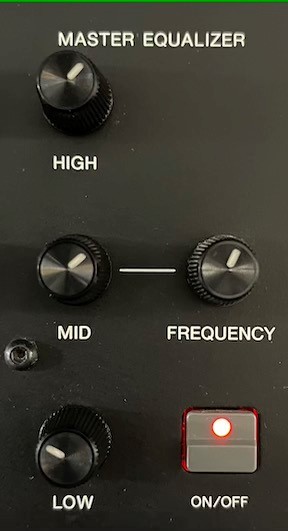Level Up Your Gigs: The Art of EQ

The last keyboard amplification article underscored the virtues of stereo sound, different approaches to speaker set up and placement and offered a few system solutions. In this article I’ll explore basic mixer settings and equalization (EQ).
The Art of EQ
EQ is a powerful but sometimes misused mixing tool. To paraphrase Shakespeare, “To boost or cut…that is the question.” When I first began mixing, I was all about boosting frequencies. If I wanted more bass, I’d turn up the bass. More treble? Turn up the treble, and so on. Working this way made my mixes overly bass heavy, weirdly bright and lacking in overall clarity. One day a seasoned mix engineer said something that I never forgot. “If you need more bass, consider cutting highs”. He added that this idea applies to all frequencies, so if you want the highs to stand out roll the bass. Want a more present midrange? Roll off high and lows. When I approach my mixes from this standpoint, I find it easier to figure out where I want to boost, and I do so in small increments. I always get better mixes when I use this reductive EQ approach. It’s a simple thing, but it forms the basis of how I use EQ today.
When I apply EQ to my keyboard mixes, I consider a few things. What is the keyboard’s role in the music? I would mix a solo piano differently than a keyboard in a rock band. I’d want the solo piano to be clear and present, with solid lows, detailed midrange and crisp highs. In a rock band I’d probably roll out lows and low midrange to accentuate high midrange and high. Basses, rhythm guitar, kick drums and toms are in the low and low mid frequency range; I like to stay in the mid/high-mid/high frequency range. It’s all about listening and thinking about the frequencies I want to accentuate that will sound best within the group. A good rule of thumb: Cut frequencies that interfere with other instruments to create a sonic space for yourself.
Speaking of frequency, it’s helpful to have an idea of the frequency range you are working in. I have a poster showing the notes on the piano and the corresponding frequencies and it’s a great reference…a simple Internet image search for “frequencies of a piano” yields great results. It will show you that the frequency of the lowest note on a piano (A-1) is 27.5Hz. The highest note (C6) is 4786Hz or 4.7kHz. Middle C (C3) has a frequency of 261.63. Next, you’ll want to know something about the EQ you are working with. For example, say you are using the channel EQ on the MGP32X. A quick look at the specifications for this mixer tells you the high frequency EQ is a 8kHz shelving EQ, the mid sweep has a range of 250Hz to 5kHz, the low a 125Hz shelving EQ and each has a gain of +/-15dB. If I wanted to accentuate the mid-range of my piano around middle C using EQ (Yamaha MGP32X EQ shown)…

…I might roll of the highs and lows a few dB (just to 11 o’clock, one increment to the left). adjust the mid-range sweep (range = 250Hz to 5kHz) up a few increments above the lowest range, or just around 300Hz. Like this:

I’ll use this as a starting point. As I mentioned above, if I’m playing with an ensemble, I like a bit more in the high and high-mid frequency range and a bit less low end:

For owners of CP Series Stage Pianos or YC Series Stage Keyboards you’ll note that the EQ is very similar to the one above with a high and low shelving EQ and sweepable midrange. I’ve listed the boost amount and frequency of each band in yellow:

The same EQ principles apply here. When playing in band I’ll use this EQ to place my sound in a frequency range that compliments the ensemble. I try to stay out of the bassist’s frequency range, so I’ll roll off the low end. To keep my sound present and detailed I’ll usually increase the highs. I use the sweepable midrange as a flexible tool for accentuating certain areas of the keyboard. Sometimes a room has problematic acoustics, with odd ringing at certain frequencies. In those situations, I like to bring the mid gain up all the way and move the frequency around to find the problem, then I’ll cut that frequency but pulling the gain back. I just played a gig with YC88 in a jazz quartet of bass, drums, saxophone and keyboards. The venue was outdoors using a small PA. For 80% of the gig, I used the CFX piano and the other 20% was organ (H2) and electric piano (73Rd). This was my EQ setting:

Playing outdoors can be a challenge. There are no reflective surfaces and it makes a big difference in the sound. Additionally, this PA had a big subwoofer with potential for an overly bass-heavy mix. I found the highs and upper midrange sounded better boosted while rolling off the lows reduced boominess and increased clarity.
EQ in the Wild
What about other situations? Here are a few that I run into and a few suggestions on how to approach EQ:
Solo piano: As I stated above, focused, full range sound when playing solo piano is the goal. I want the bass to be full, the midrange present and detailed and the highs crisp but not strident. I might increase the bass a few notches, find a nice range from just below middle C and up two octaves to accentuate with my midrange frequency and mid boost and increase the highs a few notches as well.
Of course, all of this can change depending on the size a room and where I might be placed. Being stuck in a very bass heavy/low-midrange corner may require rolling off lots of bass and low midrange to compensate.
Piano and vocals: I always start with the solo piano EQ and cut from there depending on the singer. I’ll roll out high and high midranges frequencies for a soprano, mezzo-soprano, alto, contralto and countertenor. For basses, baritones and tenors I’ll roll out lows and low-midrange frequencies. To get an idea where these ranges are located search on the Internet for “vocal ranges on piano.” I try to cut overlapping frequencies and give the vocalist harmonic space in the mix.
Playing piano and keys with a bassist, drummer, guitarist and horn players: It’s all about the midrange and high midrange. That’s where I’ll be in the frequency spectrum of the rhythm section so I will do more to stay out of their frequency range by, you guessed it, cutting my lows and low midrange. After the band sets up, I try and find someone to play my keyboards in the middle and high register and go out front and listen with the band playing. When I do need to make any adjustments, I find it’s almost always in the high mid-range and high frequencies. In those cases, I’ll try first to see if I can cut a bit more of my lower frequencies then boost in small increments in the higher frequencies.
Playing background synth pads or strings: Depending on the role of the backing band or strings, I’ll EQ differently. Sometimes the music calls for a big, wide and expansive pad. In those cases, I’ll start with my EQ flat and sometimes boosting the lows and highs a little. The full range of the pad is nice, and lack of rhythmic motion (a solid feature in both pads and strings) doesn’t get in the way of other instruments even though it might be in their frequency range.
Organ: There are not a lot of highs in a traditional drawbar organ sound, but what is there is important to the sound. I find right around 3-5kHz to be a nice place to boost to get some presence in the sound. The low mid-range of the organ is important too, and I’ll often boost in that range as well (right around 300-500Hz). I’ll cut my lows unless I am playing the bass part. In those cases, I’ll often boost in the low frequency since I have room to fill in that low range as the left-hand bassist.
Questions/comments? Join the conversation on the Forum here.
Keep Reading
© 2025 Yamaha Corporation of America and Yamaha Corporation. All rights reserved. Terms of Use | Privacy Policy | Contact Us